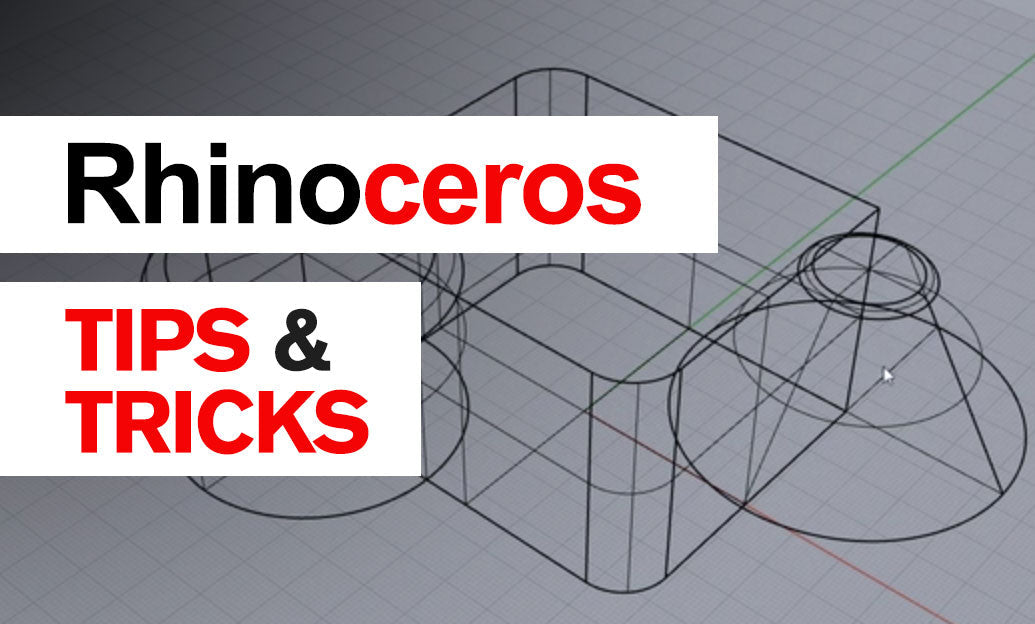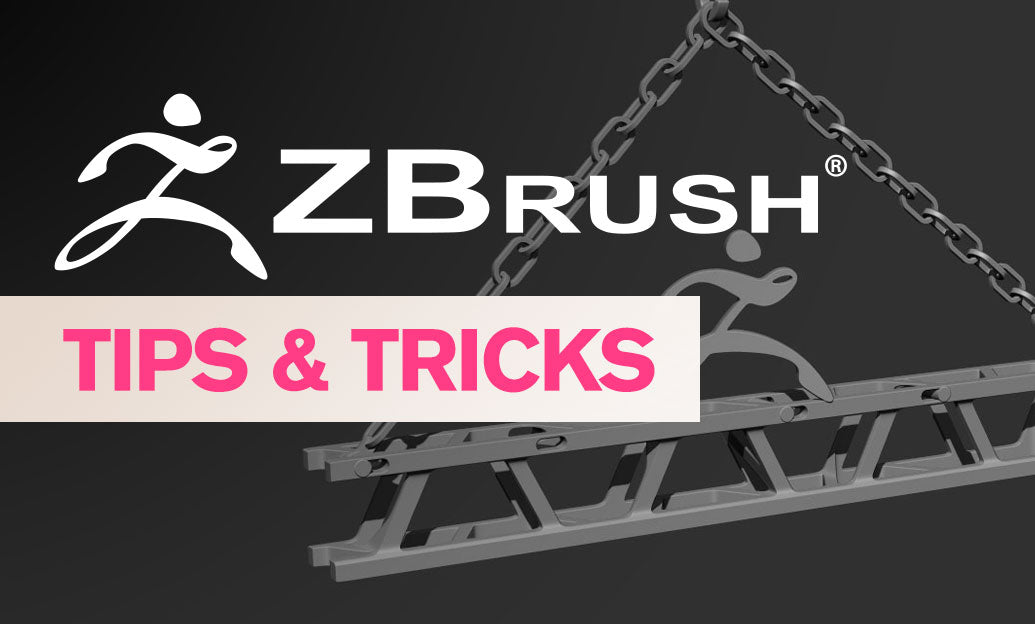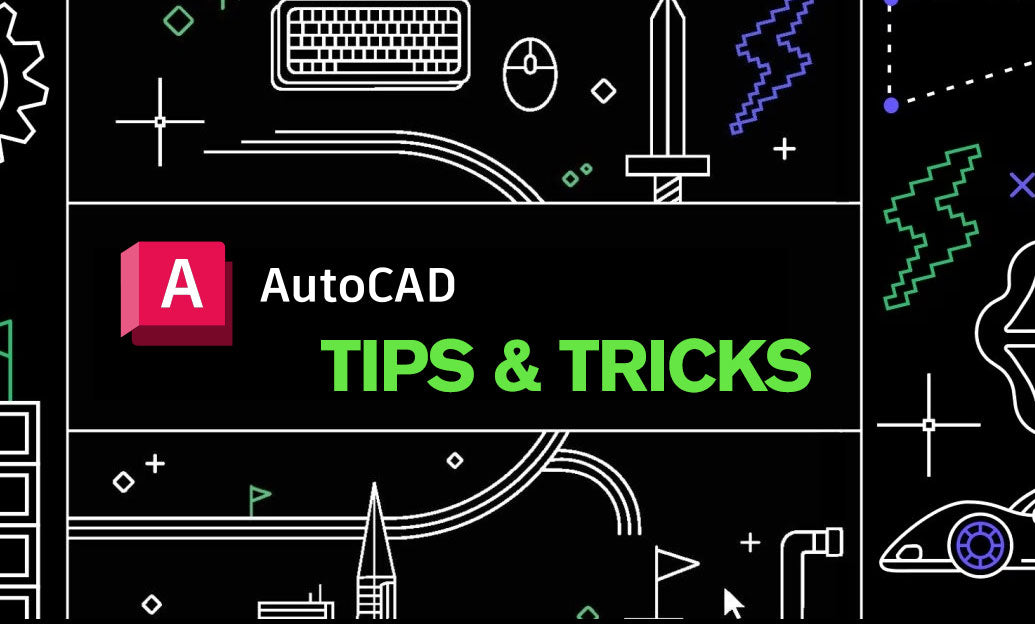Your Cart is Empty
Customer Testimonials
-
"Great customer service. The folks at Novedge were super helpful in navigating a somewhat complicated order including software upgrades and serial numbers in various stages of inactivity. They were friendly and helpful throughout the process.."
Ruben Ruckmark
"Quick & very helpful. We have been using Novedge for years and are very happy with their quick service when we need to make a purchase and excellent support resolving any issues."
Will Woodson
"Scott is the best. He reminds me about subscriptions dates, guides me in the correct direction for updates. He always responds promptly to me. He is literally the reason I continue to work with Novedge and will do so in the future."
Edward Mchugh
"Calvin Lok is “the man”. After my purchase of Sketchup 2021, he called me and provided step-by-step instructions to ease me through difficulties I was having with the setup of my new software."
Mike Borzage
Rhino 3D Tip: Advanced Surface Modeling Techniques in Rhino 3D to Elevate Your Design Precision
July 01, 2024 2 min read

When working with Rhino 3D, advancing your skillset to include complex surface modeling techniques can significantly enhance the quality and intricacy of your designs. Today's tip focuses on advanced surface modeling strategies that can elevate your 3D modeling game. NOVEDGE (https://novedge.com/) is an excellent resource for acquiring Rhino 3D software and finding additional educational materials.
- Blend Surface: The BlendSrf command creates a smooth transition between two surfaces. For precise control, adjust the blend continuity (position, tangent, or curvature) to ensure your surfaces flow into each other seamlessly.
- Multi-span Surfaces: When possible, create single, multi-span surfaces instead of multiple, single-span surfaces. This reduces the complexity of your model and allows for smoother modifications later on.
- T-Splines: Rhino's T-Splines plugin is invaluable for creating organic shapes. It allows you to model with fewer control points and maintain smoothness across surfaces. Keep in mind that T-Splines have been acquired by Autodesk, but similar functionality can be achieved with Rhino's SubD tools introduced in Rhino 7.
- Match Surface: Use the MatchSrf command to align edges of surfaces with continuity. This is crucial for ensuring that adjacent surfaces have a uniform appearance without visible seams or breaks.
- Surface from Network of Curves: The NetworkSrf command allows you to create a surface by defining a network of intersecting curves. This is particularly useful for creating complex, free-form surfaces that are challenging to define with standard surfacing tools.
- G2/G3 Continuity: When modeling for aesthetics, strive for G2 (curvature) or G3 (acceleration) continuity between surfaces. This yields a more refined and visually appealing result, especially on reflective materials.
- Control Point Editing: Master the art of control point editing to fine-tune your surfaces. Use the points to manipulate the surface directly, but be cautious, as too many points can make the surface difficult to manage.
- Rebuild Surfaces: The Rebuild command can simplify a surface by reducing the number of control points, making it easier to manipulate without significantly altering its shape. This is especially helpful when working with imported surfaces that may have unnecessary complexity.
- Use Analysis Tools: Employ Rhino's surface analysis tools such as Zebra, Curvature, Edge Continuity, and Draft Angle. These tools help identify and correct issues with surface continuity and quality.
Remember, successful advanced surface modeling often requires a combination of these techniques, a keen eye for detail, and patience. Regular practice and exploration of Rhino's extensive toolset will undoubtedly improve your proficiency. For more tutorials and tips, keep an eye on NOVEDGE's social media and blog (https://blog.novedge.com/), where insights from industry experts can further your knowledge and skills.
```You can find all the Rhino products on the NOVEDGE web site at this page.
Also in Design News

ZBrush Tip: Enhancing Fabric Sculpting Skills in ZBrush: Tips and Techniques
October 22, 2024 2 min read
Read More
V-Ray Tip: Mastering Subsurface Scattering in V-Ray for Realistic Rendering
October 22, 2024 2 min read
Read More
AutoCAD Tip: Efficiently Integrating PDF Underlays into AutoCAD Workflows
October 22, 2024 2 min read
Read MoreSubscribe
Sign up to get the latest on sales, new releases and more …


